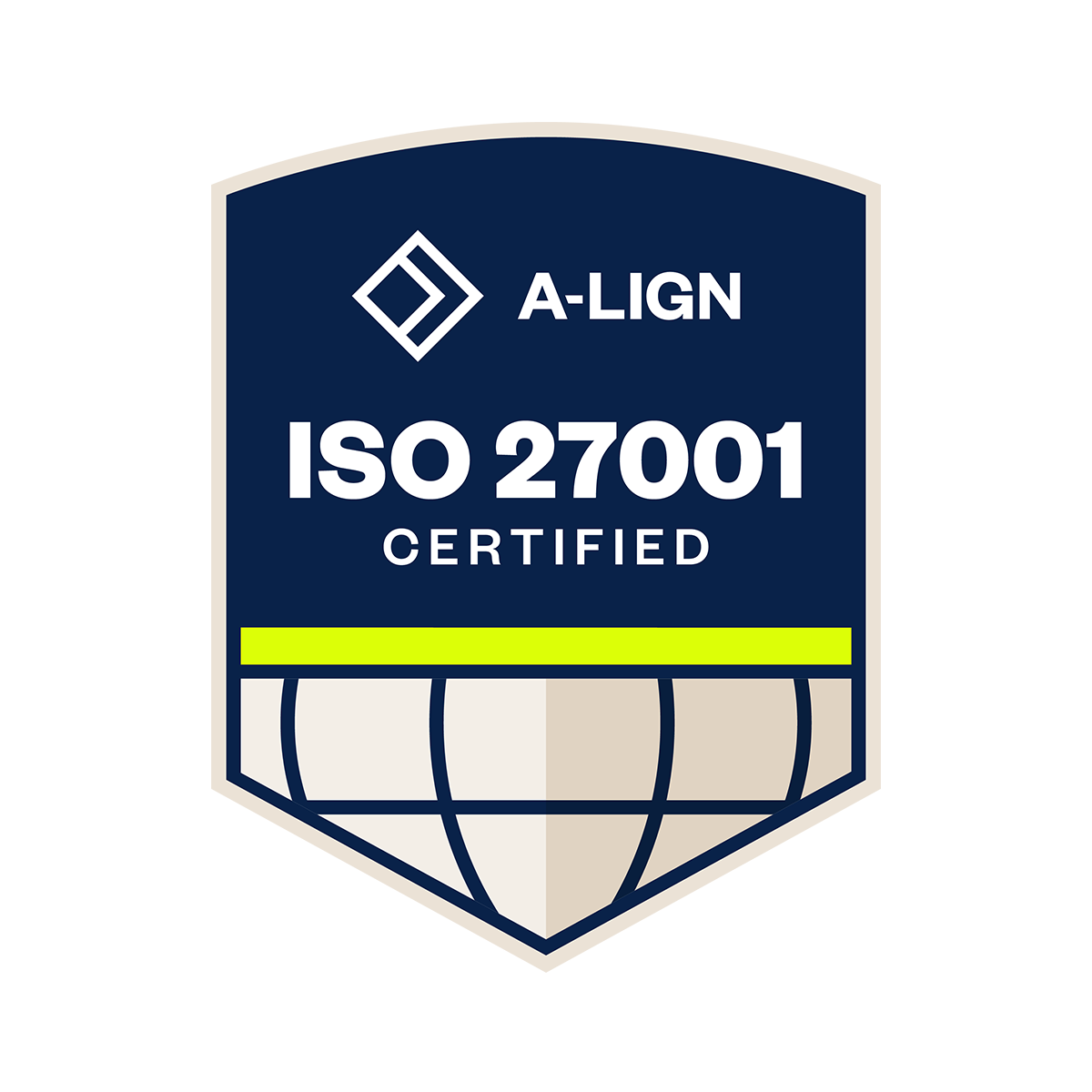Two of the lesser known operations organizations and state and local governments perform are resource requesting and asset management. While these two operations aren’t well known, they are critical to daily operations for the organizations and governments that employ them, something the COVID-19 pandemic has only made more apparent.
The importance of these operations doesn’t mean they come without their challenges. Certain steps in the processes associated with these operations can be bottlenecks, and the organizations running these operations should consider solutions that resolve and break those bottlenecks.
Streamlining Approval
Surprisingly, this earlier step in the process can often be a chokepoint in the resource requesting process. While some organizations may be able to appoint an individual to serve as a controller or asset manager, others don’t have the resources for larger staffs. When this part of the process is wrapped into another person’s duties, resource request approvals may not be approved immediately, especially if that person’s primary role is occupying a lot of their time.
A clear resolution for this bottle neck is to ensure a controller in this position can dedicate time regularly to approving requests. This solution, however, doesn’t really solve the problem that creates the bottleneck; it only provides a quick opportunity for the controller to clear the dam of requests.
Why? Because this is often a manual process. Regardless of when a controller sits down to approve or deny requests, it still takes time. Manual processes require a lot of attention.
For those in charge of resource requesting and asset management managers, a number of tools on the market today cut the need for pen and paper (or email) all together.
Digital platforms like Veoci can make approvals as simple as opening an app on a mobile phone and selecting “yes” or “no.” This immediate availability means even the busiest asset managers can avoid this bottleneck, as they can approve or deny requests as they come in, or during the few moments of downtime they have during the day.
The COVID-19 pandemic has put a spotlight on this process and exposed the flaws in the current systems and processes employed by organizations and local and state governments running these operations. A more efficient way of performing these operations is an imperative now, as many departments and people need personal protective equipment (PPE) to perform their daily duties and responsibilities in the midst of a pandemic.
Implementing a smoother system will not only make getting the equipment easier for the requestors, but also make fielding the large number of requests much simpler and less hectic for an asset manager.
Availability of Resources and Assets
What can often make or break a request is simply the availability of resources.
For smaller and larger organizations alike, the availability of resources and assets can also be pain points. This isn’t exactly about whether resources or assets are actually available, but more so about the visibility into their availability.
If we jump back to the manual process we described earlier, the asset manager may have to cross reference any incoming request with current ones to ensure here are no conflicts.
This issue only adds to the how long it would take to see a request and fulfill or deny it. Again, the right solution can deliver the information and insights asset managers need to ensure no conflicts occur.
Ideally, the platform could recognize conflicts and requests that cannot be fulfilled, which would alleviate some of the work of the asset manager. This means most of the requests the asset manager sees would be simple approvals as well.
Additionally, a platform could create a type of view for administrative purposes. This would give an asset manager a view over the entire operation, and provide a quick insight into what’s being used and how often requestors need certain resources or assets.
Tracking Resources and Assets
Data is always useful. And any chance to gather it and glean insights from it is also an opportunity to improve operations.
Even with a manual process, data can be tracked. But a manual process also spells the manual creation, collection, and compiling of data. If an asset manager is already bogged down with other tasks and responsibilities, data will most likely take a back seat.
This creates a unique gap, one where an organization can’t get the data and intel they need to make more informed decisions when reviewing their operations.
Again, when a digital platform comes in to play here, this gap can be closed. As users complete the processes built within the platform, the data is also silently collected. Administrators and decision makers can later go back into the platform and see all of this information from an administrative perspective, and make their calls from there.
Breaking Bottlenecks
Even well practiced and established processes can suffer from bottlenecks and other inefficiencies. There are ways around these operational gaps, however, which organizations can find after thorough analysis. Digital platforms offer many of the advantages organizations need to overcome these bottlenecks, and provide opportunities to continue expanding throughout an organization and introduce new efficiencies in other operations.








